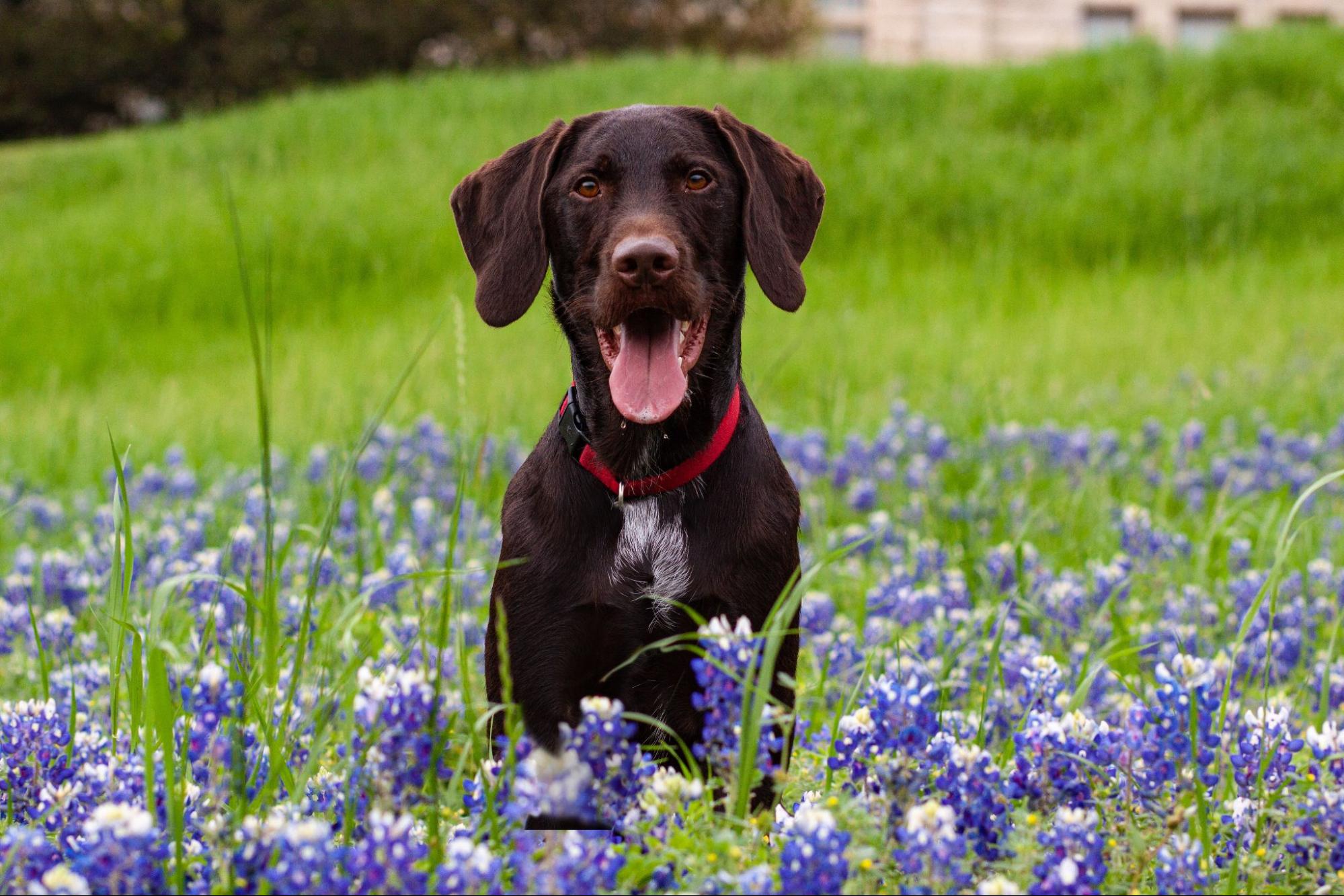How to Get a Dog to Stop Nipping
If you’re currently in the throes of a constant nibbling battle with your furry friend, I understand your frustration. Nipping can be a challenging behavior to curb, especially if you’re dealing with an energetic breed like a Labrador. Don’t worry! I’ve got some tips for you on how to get a dog to stop nipping.
Now, it’s important to remember that nipping is natural for dogs; it’s their way of exploring the world around them and playing. However, when this behavior escalates or continues into adulthood, it becomes problematic. Nonetheless, there are proven methods that can help stop a Labrador from nipping.
First off, positive reinforcement is key in training any dog – including Labradors – not to nip. Rewarding good behavior instead of punishing bad habits often yields better results. Patience and consistency will also play significant roles in this training journey. So let’s dive into these tips and techniques that’ll help transform your playful pup into a well-mannered dog.
Understanding Why Labradors Nip
Before you can successfully stop your Labrador from nipping, it’s crucial to understand why they’re doing it in the first place. You see, nipping isn’t just a random bad behavior that pops up out of nowhere. It actually has its roots in a dog’s natural instincts.
Labradors are known as sporting dogs and have been bred for centuries to retrieve game for hunters. This means they have an inherent need to use their mouths – not only for eating but also for carrying items and exploring their environment. When they’re puppies, this translates into lots of biting and nipping as they learn about the world around them.
In addition, social interaction with littermates often involves a lot of rough-and-tumble play, including nipping. Puppies learn bite inhibition – how hard or soft to bite – through these interactions. So when a Labrador comes into your home, he brings this behavior along.
Another factor contributing to Labradors’ penchant for nipping is teething pain. Similar to human babies, when Lab pups’ teeth come in, it can be quite uncomfortable causing them to chew on anything and everything in sight – including you!
Lastly, let’s not forget that Labs are high-energy dogs who require plenty of exercise both mentally and physically. If they don’t get enough stimulation throughout the day, they may resort to undesirable behaviors such as nipping out of sheer boredom or frustration.
So now that we’ve unpacked some reasons behind why Labradors nip:
- Natural instinct
- Social interaction
- Teething discomfort
- Inadequate mental or physical stimulation
You should find yourself better equipped on “how to get a dog to stop nipping” especially if you want “to stop a Labrador from Nipping”. The next sections will delve into practical tips and strategies you can implement right away.

The Difference Between Playful and Aggressive Nipping
When it comes to understanding your Labrador’s nipping habit, it’s essential to recognize the difference between playful and aggressive behavior. You’ll find that playful nipping is a common trait among puppies. It’s their way of exploring the world around them or engaging in playtime with you.
Playful nipping tends to be light and inhibited. Your pup may grab onto your hand or clothes gently, often accompanied by other signs of play like a wagging tail, bouncing around, or bowing down with their rear end up in the air. They’re not out to hurt you—they’re just having fun!
On the other side of the coin, aggressive nipping is an entirely different ball game. This behavior might signal fear, frustration or dominance issues. Aggressive nippers are likely to snap quickly and hard without any clear sign of playfulness. Their body language may also seem stiff or threatening.
It’s crucial not only for your safety but also for effective training that you learn how to differentiate between these two types of behaviors:
- Playful Nipping: Light biting usually during play; paired with happy body language (wagging tail, bouncy movements).
- Aggressive Nipping: Hard biting without playful demeanor; coupled with tense body language (stiff posture).